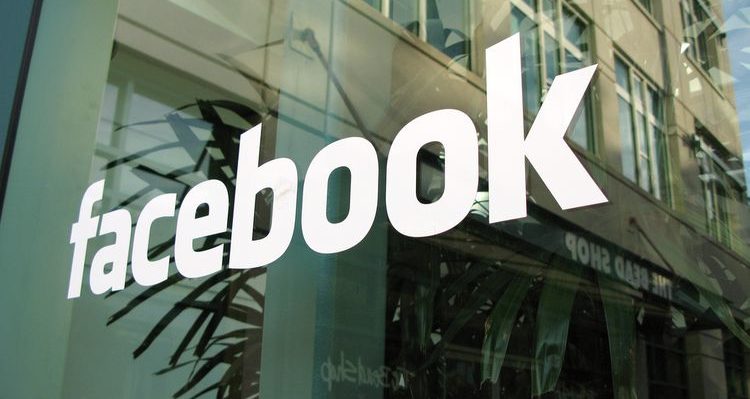
Photo Credit: Google Images
Ever wondered why fake news spreads so quickly on social media? A number of theories have been offered in the past to explain this phenomenon, of course, but there was always something missing in the analysis. But now a team of researchers from USC think they know the answer. Misinformation spreads, they say, because social media companies have put into place an incentives structure that rewards habitual users for sharing sensational stories.
The real news about social media fake news
The USC researchers examined a sample set of 2,400 Facebook users ranging in age from 18 and 89 and tried to figure out why certain news items started trending. As they found out, social media is like a video game. The longer you stay in the game, the more likely you are to share and post. Using this video game analogy, you rack up greater rewards if your posts get shared a lot. That incentivizes people to share sensational, shocking, or eye-opening information. The goal, quite simply, is to get as much attention as possible.
This makes a lot of sense from an intuitive point of view. After all, who doesn’t get a secret thrill when a tiny piece of information they post seems to go viral? Or when everyone’s talking about what you just posted? As the researchers point out, the big social media companies have created a very sophisticated “reward-based learning system.” Just like lab rats in a cage are rewarded with treats if they push the right buttons, you are rewarded with likes, heart emojis and follows if you push the right buttons on social media.
Habitual users
The researchers also found that habitual users – the types of people who seem to be on social media all the time – are 6 times more likely than occasional or new users to post misinformation. As a general rule of thumb, habitual users share both true and fake news, so it’s not like they’re trying to share fake news on purpose. They’re simply sharing the “best stuff” they come across, which they define as the type of content that will get them likes, follows, and heart emojis. According to the USC study, just 15% of social media users spread 30-40% of all fake news.
Re-thinking the narrative of fake news
The USC study is so important because it helps to re-shape the narrative around fake news. Previous theories, for example, have suggested that some people are essentially so stupid that they can’t discern between real news and fake news, and so they share all kinds of fake news. The narrative here is that some people simply lack critical thinking skills or the ability to delineate between “real” news and “fake” news, and that they might need to be taught or trained how to use social media properly.
But here, the researchers say that the problem is not the social media users – it’s the social media companies. You could have the smartest people in the world, put them on social media, and they’d start sharing fake news and misinformation sooner or later. That’s because well-reasoned, articulate pieces rarely go viral. You get rewarded for posting shoddy, sensational pieces that support what you (and your followers) already believe.
What needs to change?
In short, the system is broken and needs to be changed. One solution might be to create a new type of rewards and incentives structure. Instead of getting rewarded for popularity, it might be better to get rewarded for things like accuracy. For social media companies, this means that there needs to be a real change in the system itself, not just a few cosmetic changes around the edges. It doesn’t matter how much AI you use to monitor content, or how many human moderators you have on the platform: if the rewards and incentives are broken, the system won’t work as intended.
As a result, don’t blame your friends and neighbors who are habitually using social media. They are literally creatures of habit, and the big social media companies are the ones that are manipulating them. In the attention economy, getting attention is all that matters. Keep that in mind the next time you hear the big tech giants talk about how much effort they are taking to curb the massive amounts of misinformation flooding the social web these days.